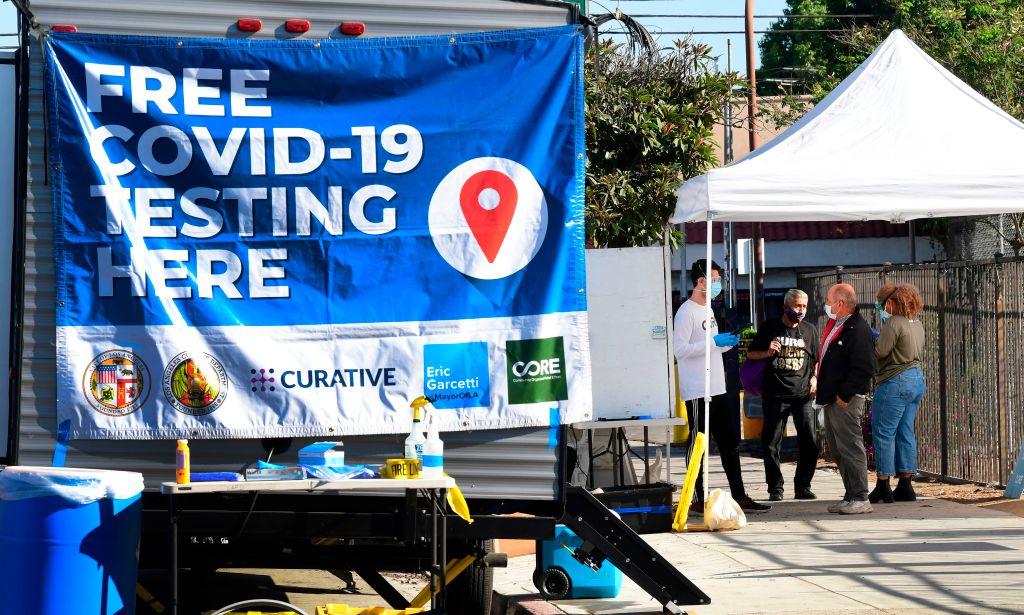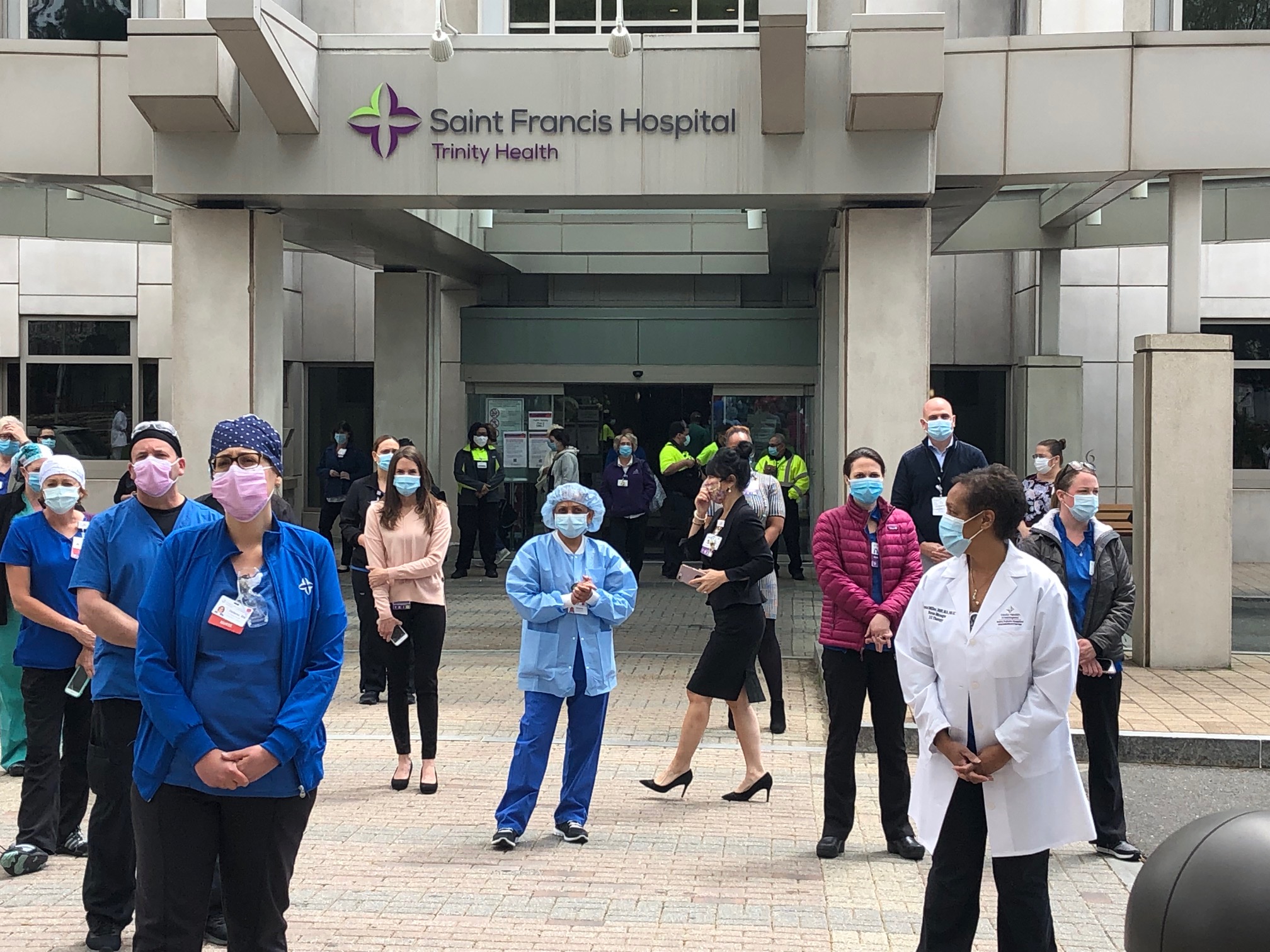
Gatherings large and small are likely to blame for a slight uptick in daily coronavirus cases in California's largest county, according to a top health official who warned Monday that upcoming holiday parties pose a risk for renewed spread and a spike in hospitalizations.
There's been a steady increase in the number of residents of Los Angeles County who have been getting together with people from outside their households, according to weekly survey data from the University of Southern California Center for Social and Economic Research.
That may be partly because of championship runs by the Los Angeles Lakers and Dodgers in recent weeks that brought fans together through watch parties and celebrations.
“With our case numbers already on the rise, we are concerned about the upcoming holiday gatherings and cooler weather, where people are more likely to gather indoors are perfect conditions for spreading COVID-19,” said Barbara Ferrer, the county’s public health director. “And while it’s easy to believe that the virus won’t spread among your family and friends, and that none of you are infected, there are so many examples that prove otherwise.”
For the week ending Oct. 20, more than 10% of respondents reported that they’d been at a gathering of 10 or more people in the past seven days, Ferrer said. She warned that if just 10% of Los Angeles County's 10 million residents attended a gathering outside their households, that translates to about a million people.
“And if we assume that 2% of people can be infected, we could possibly have 20,000 people capable of infecting others who are milling about at these gatherings, each week,” she said.
Los Angeles County, the nation’s most populous, reported more than 1,400 new cases Monday for a total of 310,595. There have been more than 7,000 deaths in the county.
The state is moving more slowly than the reopening last spring that brought with it a dramatic spike in cases, hospitalizations and deaths. California, the most populous state, is second in the nation with more than 930,600 confirmed cases. There have been a total of 17,672 deaths in the state.
Statewide hospitalizations have increased by about 11% in the last week to 2,537 while the seven-day daily average is 4,231 confirmed cases, down about 1% from previous week.
Many businesses remain closed as Los Angeles County remains in California's most restrictive tier, purple. It will likely remain there through November, Ferrer said.
Last Friday, San Francisco said it would temporarily halt the reopening of additional activities and businesses planned for this week because of an increase in case rates and hospitalizations.
California last month eased restrictions to allow up to three households to socialize outdoors, an expansion of rules aimed at people tempted to have even larger gatherings around Halloween, Thanksgiving and end-of-year holidays. State health officials previously discouraged gatherings outside of a single household.
The goal of those rules was not to encourage larger gatherings, Ferrer said, but to recognize the increasing pressure for get-togethers and provide ways for people to act appropriately. Everyone should wear masks and follow other safety precautions, especially around the serving of food, she said.
“You should designate one person as the server,” she said. “They should wear gloves, and obviously have their face covering on, and be the only one that’s touching those utensils.”
For most people, the new coronavirus causes mild or moderate symptoms, such as fever and cough that clear up in two to three weeks. For some, especially older adults and people with existing health problems, it can cause more severe illness, including pneumonia and death.



